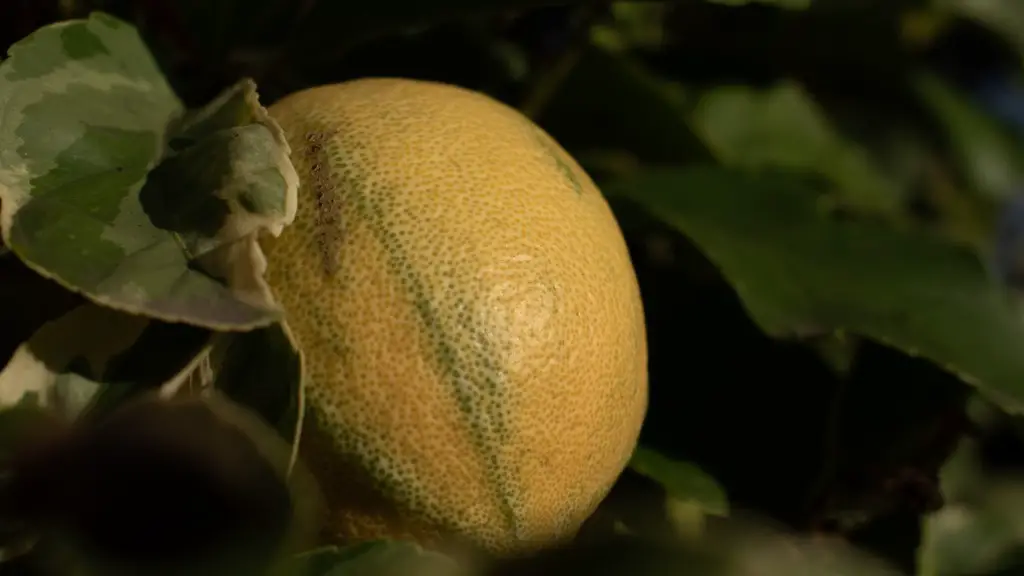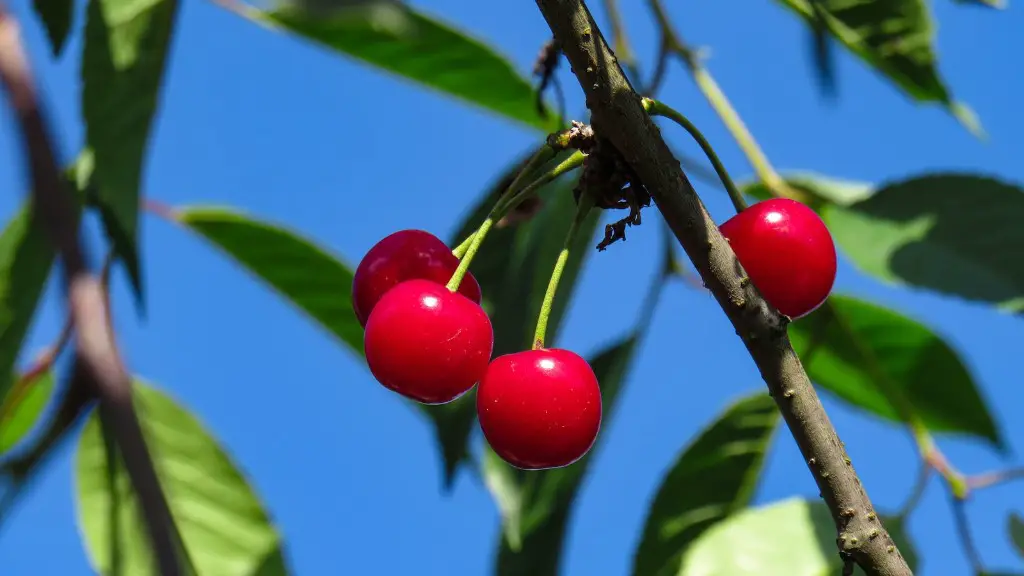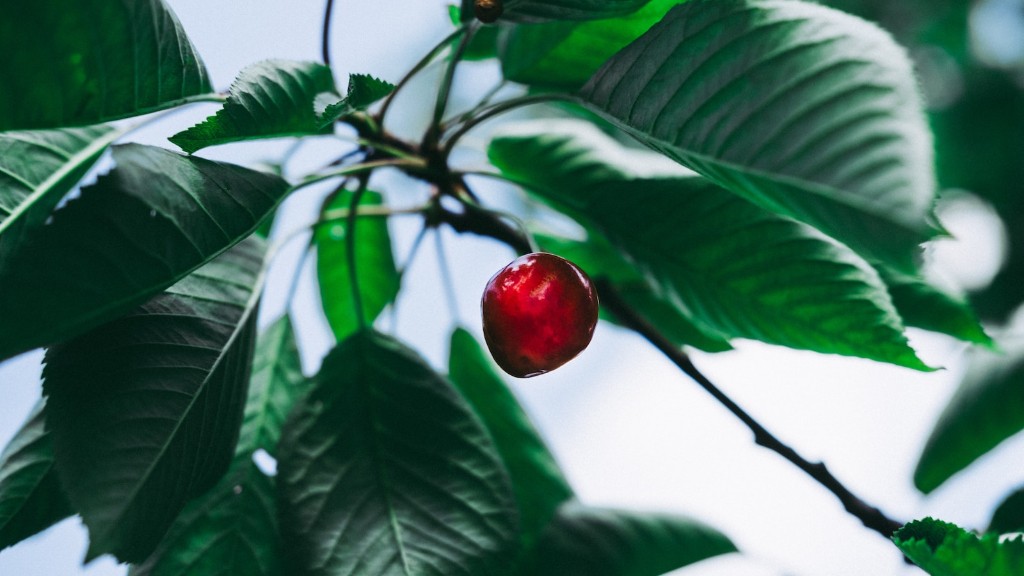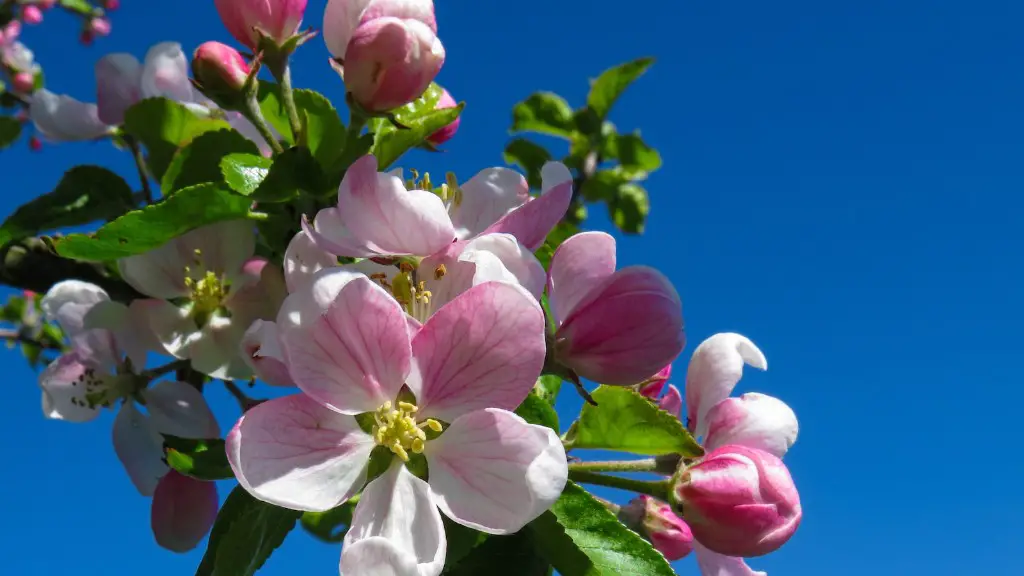Basic Equipment And Soil Requirements
With Meyer lemons, growing and harvesting be done in a pot or container rather than in the ground. This makes it easier to move a plant outdoors, as well as to protect it from cold conditions. To be successful, you’ll need properly-sized pot and potting soil. Choose a pot that is 8-12 inches deep and slightly wider than the root ball – allowing extra room for growth. The pot should also have sufficient drainage where excess water can escape. Good quality potting soil is recommended as it’s specially designed to retain moisture, yet drain well and hold the correct amount of nutrients.
Planting The Meyer Lemon Tree
Before planting, check the soil’s texture to ensure it’s properly draining. If it feels too wet or muddy, mix in an organic material or some perlite or peat moss. To plant, place the root ball into the soil, and fill in the pot with additional soil until it’s level with the soil around it. Water the soil until it’s damp, but not completely soaked. For outdoor container plants, place the container in an area with plenty of sunlight, at least 8-10 hours worth each day. Move the pot indoors before temperatures drop in the winter.
Fertilizer And Pruning
Fertilizing Meyer lemons helps to promote good growth and increase production of fruit. Feed them once every couple of months with a slow-release fertilizer to ensure adequate nutrition. Deadwood should be cut away when pruning, as it will prevent air circulation and obstruct the branches. Also, remember to check on the tree’s health – pests and disease can occur, so take action quickly if either appear.
Watering And Shelter
Meyer lemons require consistent watering, mainly around the root-zone. Water when the soil feels dry, and avoid shallow watering. Providing shelter is important too, as excessive wind or rain may damage or dry the leaves. Cover with wet burlap when necessary, to prevent flowers and immature fruit from dropping off.
Harvesting Fruit
Meyer lemons are usually harvested when they are semi-ripe, just before their skin turns yellow. The fruits can be eaten raw or used for recipes. When harvesting Meyer lemons, always use a pair of gloves and a sharp pair of scissors or pruners to avoid damaging the tree.
Soil Improvement
Adding organic matter, such as compost, to the soil is a very important step in order to make the soil more nutrient-rich. Good quality compost can improve nutrient-locking ability of soil, making nutrients available to the tree. Adding organic matter not only improves the soil’s structure but also provides essential nutrients, such as nitrogen, phosphorus, and potassium to the plant.
Controlling Pests
To control certain pests that can affect Meyer lemons, good pest management practices should be used. These measures include sanitation of affected areas, proper watering, use of organic repellents, and encouraging beneficial insects. In cases of severe infestations, insecticides may still be used as a last resort to control insects and other pests.
Protecting From Frost
When the temperature drops below freezing, take preventative steps to limit the impact of frost on your Meyer lemon tree. Layering the plants with blankets should offer some protection. Move your plant indoors or into a heated greenhouse before temperatures drop too low. This will ensure your tree doesn’t get damaged by the cold temperatures.
Providing Adequate Shade
Sunscald, which is caused by overexposure to sunlight, can cause damage to the leaves of Meyer lemons. To help protect against sunscald, provide adequate shade and maintain good air circulation around your plant. This can be done by using canvas curtains or light weight shading material, or by placing a canopy of light fabric over the pot.
Using Organic Pesticides
Organic pesticides are effective alternatives to chemical ones and are much safer to use. For example, neem oil, garlic oil, citrus oil, and soap-based pesticides can be used to control pests and diseases on Meyer lemons. Take caution when applying these oils as they tend to cause leaf burning on certain varieties of Meyer lemons.
Monitoring The Soil Moisture
It’s important to monitor soil moisture because too much or too little can negatively impact growth. Good organic soil will retain moisture and nutrients, while still draining well and allowing oxygen to get to the roots. Water your Meyer lemon tree when the soil is dry and water deeply until it drains out the bottom of the pot. If the soil appears dry on top but is still wet underneath, it’s a sign of overwatering.
Providing Proper Nutrients
Meyer lemon trees need the basic macronutrients – nitrogen, phosphorus, and potassium – as well as micronutrients like magnesium and sulfur. Providing these nutrients can encourage good health. Liquid fertilizers and compost tea are both good options for providing nutrients to Meyer lemons.
Encouraging Insects
Encouraging beneficial insects, such as bees and ladybugs, is important for Meyer lemons to thrive. These insects help pollinate the flowers and help to naturally control damaging pests. Planting a variety of flowers that bloom at different times of the year can encourage insect activity around Meyer lemons.



